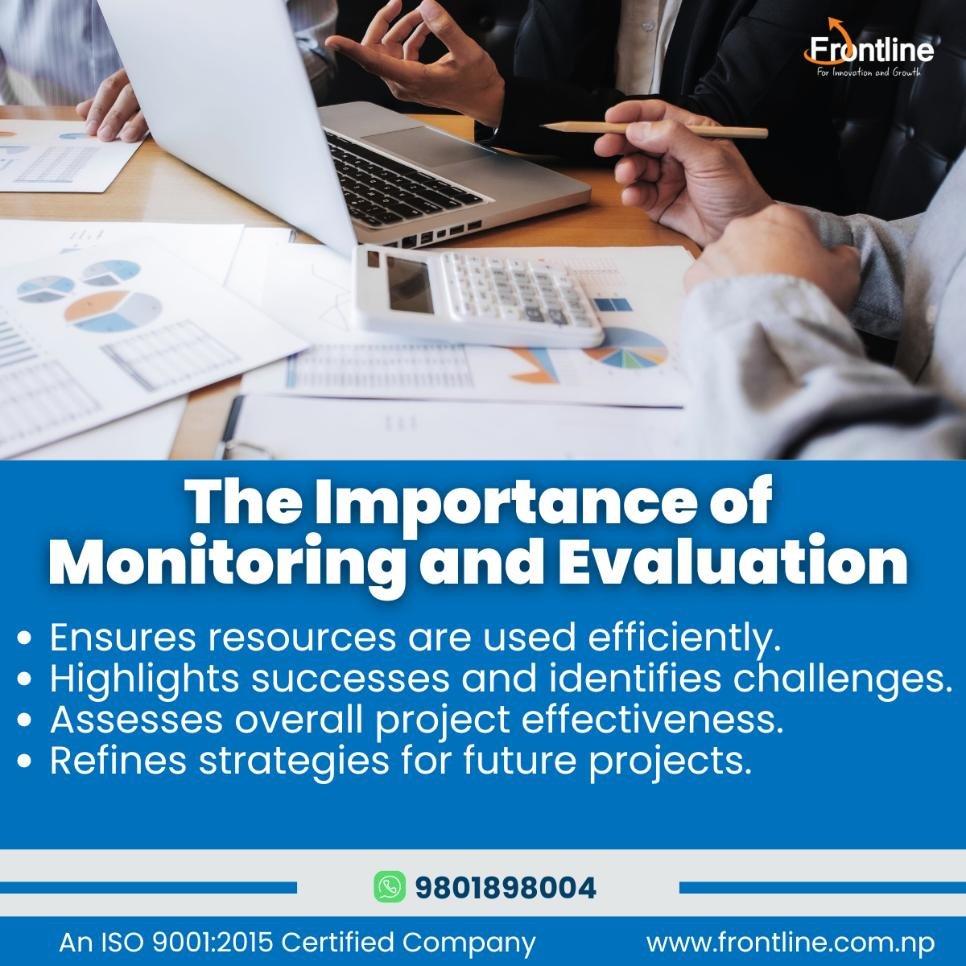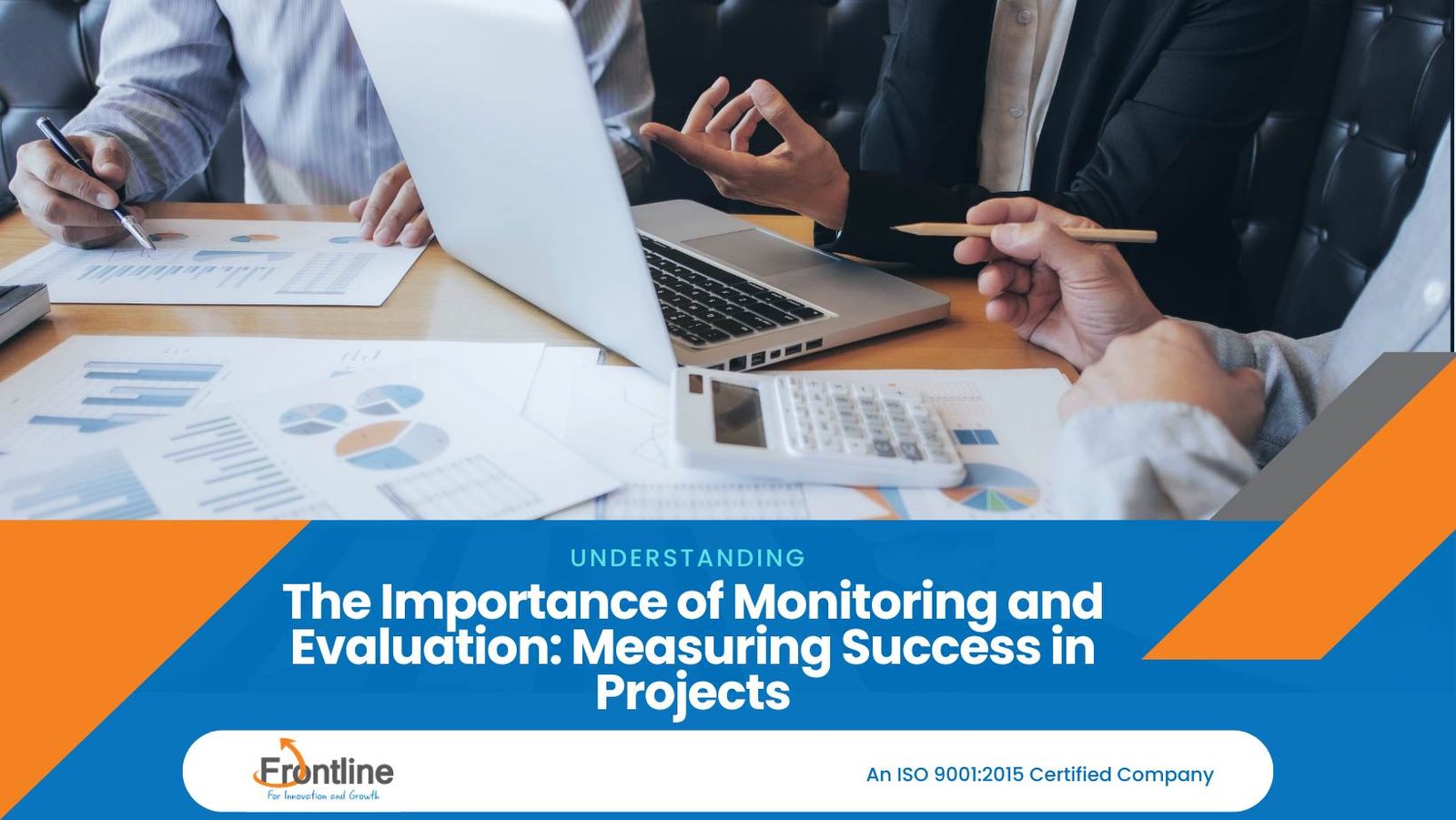Monitoring and evaluation (M&E) play a very important role in making sure that projects in the organization are on track. It helps in achieving goals, and delivering value.
In this comprehensive guide, we explore the importance of M&E, how it contributes to project success, and the best practices for implementing it.
Understanding Monitoring and Evaluation
Monitoring refers to the continuous assessment of project activities and performance over time. It involves the systematic collection of data on specified indicators to provide project managers and stakeholders with information on progress and achievement of objectives.
Evaluation, on the other hand, is a periodic assessment of the relevance, performance, efficiency, and impact of a project. It helps determine the effectiveness of the project. It also helps learn from the experiences to inform future planning and decision-making.
Key Components of Monitoring and Evaluation
- Setting Clear Objectives and Indicators To effectively monitor and evaluate a project, it is important to define clear objectives and indicators. Objectives should be SMART (Specific, Measurable, Achievable, Relevant, Time-bound). Indicators should be able to accurately measure progress towards these objectives.
- Data Collection and Analysis Consistent and systematic data collection is again important for accurate monitoring. It involves using various tools and methods to gather relevant data. Once collected, data should be analyzed to provide insights into the project’s performance and areas needing improvement.
- Reporting and Communication Regular reporting and communication of findings are needed too. Reports should be clear, concise, and include actionable recommendations based on the data analyzed.
- Feedback and Learning M&E should promote a culture of feedback and learning with training and development too within the organization. This helps in continuously improving project strategies. They are approaches based on lessons learned from past experiences.

The Role of Monitoring and Evaluation in Project Success
Ensuring Accountability and Transparency
M&E promotes accountability by providing a clear record of activities and outcomes. This transparency helps build trust.
Facilitating Informed Decision-Making
By providing timely and accurate information, M&E helps project managers to make informed decisions. It highlights areas of success and identifies challenges. This allows for adjustments to be made promptly.
Measuring Impact and Effectiveness
Evaluation goes beyond measuring outputs to assess the overall impact and effectiveness of a project. It helps determine whether the project has achieved its intended outcomes. It also measures the extent to which it has made a difference.
Improving Project Design and Implementation
Lessons learned from M&E can inform the design and implementation of future projects. By understanding what works and what doesn’t, organizations can refine their strategies to increase effectiveness.
Best Practices for Effective Monitoring and Evaluation
Use a Mix of Qualitative and Quantitative Methods
Combining qualitative and quantitative methods provides a more comprehensive understanding of project performance. Quantitative data offers measurable evidence, while qualitative data provides context and deeper insights.
Regularly Review and Update M&E Plans
M&E plans should be dynamic to changes in the project environment. Regular reviews and updates ensure that the M&E framework remains relevant and aligned.
Build M&E Capacity Within the Team
Investing in the capacity building of the project team conforms that they have the necessary skills and knowledge to conduct M&E activities. This includes training in data collection, analysis, and reporting.
Leverage Technology for Data Management
Utilizing technology can streamline data collection, storage, and analysis processes. Tools such as project management software, data visualization platforms, and mobile data collection apps can enhance the efficiency and accuracy of M&E activities.
Conclusion
Monitoring and evaluation are necessary tools for measuring the success of projects. By ensuring accountability, facilitating informed decision-making, measuring impact, and improving project design, M&E contributes significantly to the achievement of project goals. Adopting best practices in M&E can enhance the effectiveness of projects. This leads to better outcomes for all stakeholders involved.
780 views






